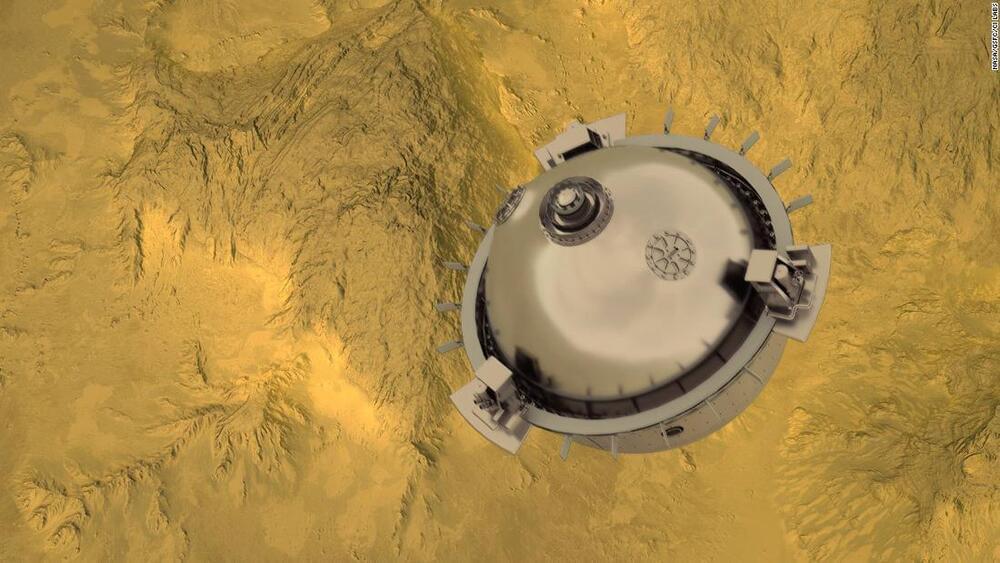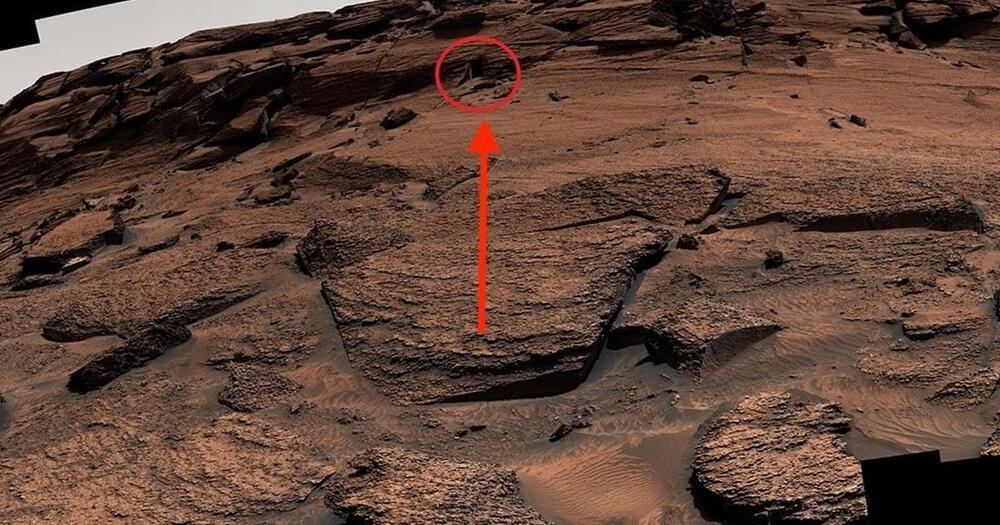India launches its first liquid-mirror telescope for astronomy, which is Asia’s largest and the only one of its kind operational in the world.



The Ingenuity chopper on Mars has lost an instrument that helps it navigate. Flight controllers have found a work-around.
Things are getting challenging for the Ingenuity helicopter on Mars. The latest news from Håvard Grip, its chief pilot, is that the “Little Chopper that Could” has lost its sense of direction thanks to a failed instrument. Never mind that it was designed to make only a few flights, mostly in Mars spring. Or that it’s having a hard time staying warm now that winter is coming. Now, one of its navigation sensors, called an inclinometer, has stopped working. It’s not the end of the world, though. “A nonworking navigation sensor sounds like a big deal – and it is – but it’s not necessarily an end to our flying at Mars,” Grip wrote on the Mars Helicopter blog on June 6. It turns out that the controllers have options.
Like other NASA planetary missions, Ingenuity sports a fair amount of redundancy in its systems. It has an inertial measurement unit (IMU) that measures accelerations and angular rates of ascent and descent in three directions. In addition, there’s a laser rangefinder that measures the distance to the ground. Finally, the chopper has a navigation camera. It gives visual evidence of where Ingenuity is during flight or on the ground. An algorithm takes data from these instruments and uses it during flight. But, it needs to know the chopper’s roll and pitch attitude, and that’s what the inclinometer supplies.
Since it failed, the team had to find a way to impersonate the inclinometer. So, they applied a software patch to the code running on Ingenuity’s flight computer. It intercepts what Grip describes as “garbage packets” of data and replaces them with good data. Essentially, the flight controllers tricked the copter’s navigation algorithms into thinking that the data they have came from the inclinometer.

we will be bringing you extracts from 9 trailblazer profiles from our new Neurotech report – dynamic and innovative companies we feel are driving this exciting space. Each profile includes a flagship product deep dive which offers a forensic consideration of product development, efficacy, target market, channels to market, success factors, IP and funding.
AE was born of the vision to increase human agency for end users through the technology the group develops for their partners and their wholly-owned and operated skunkworks companies. Running a highly collaborative agile process, these efforts are extended by investing heavily in the brain computer interface (BCI) space. BCI represents, to AE, the pinnacle of agency increasing tech with massive implications for users and the whole of humanity.


NASA will launch a mission that will both fly by Venus and descend through its harsh atmosphere in 2029. Called DAVINCI, the Deep Atmosphere Venus Investigation of Noble gases, Chemistry and Imaging mission will be the first to study Venus through both flybys and descent.
The spacecraft is expected to explore the layered Venusian atmosphere and reach its surface by June 2031. The DAVINCI mission will be able to capture data about Venus that scientists have been eager to measure since the early 1980s.
Only two NASA missions have previously visited the second planet from our sun – Pioneer in 1978 and Magellan in the early ’90s.

NASA’s Artemis mission has the chief goals of sending astronauts to establish the first long-term presence on the Moon and learning what is necessary to send the first astronauts to Mars. But it’s also planning to do so much more than that.
One of its many scientific mission will see the agency send the Lunar Vulkan Imaging and Spectroscopy Explorer (Lunar-VISE) and the Lunar Explorer Instrument for space biology Applications (LEIA) to the Moon in order to explore the mysterious Gruithuisen Domes, geological features that have puzzled scientists for years.

A China military publication says the Starlink internet service may be used by the US to bring “chaos or calamity’’ to the world.

For all the fuss it caused, it is only about a foot high.
The “door” was imaged by NASA’s Curiosity rover on May 7 on the slopes of Mount Sharp, the central massif within Gale crater, where it landed in 2012. Described on one website as a “pharaonic tomb door” because of its resemblance to some ancient Egyptian remains, it is, in fact, only about one foot high.
It is hard to spot on the panoramic image mosaic of the hillside above, but it leaps out at the eye if you see the individual frame where it occurs, as seen below. It does look like a doorway until you realize how small it is. And if you boost the contrast in the dark parts of the image, the picture just about reveals a solid rock face at the back of the shadowed interior. So as a gateway into the hollow hills of Mars, it doesn’t lead very far.
Nobody with even a little geological experience is likely to mistake the feature as a “door.” A geologist would note the thin and slightly sloping repeated layers of sandstone making up the whole of the rock face and would immediately expect that they were looking at the eroded remains of hardened sand dunes. These once covered the stream and lake sediments that Curiosity examined earlier in its gradual climb up through the layers of sedimentary rock making up Mount Sharp.